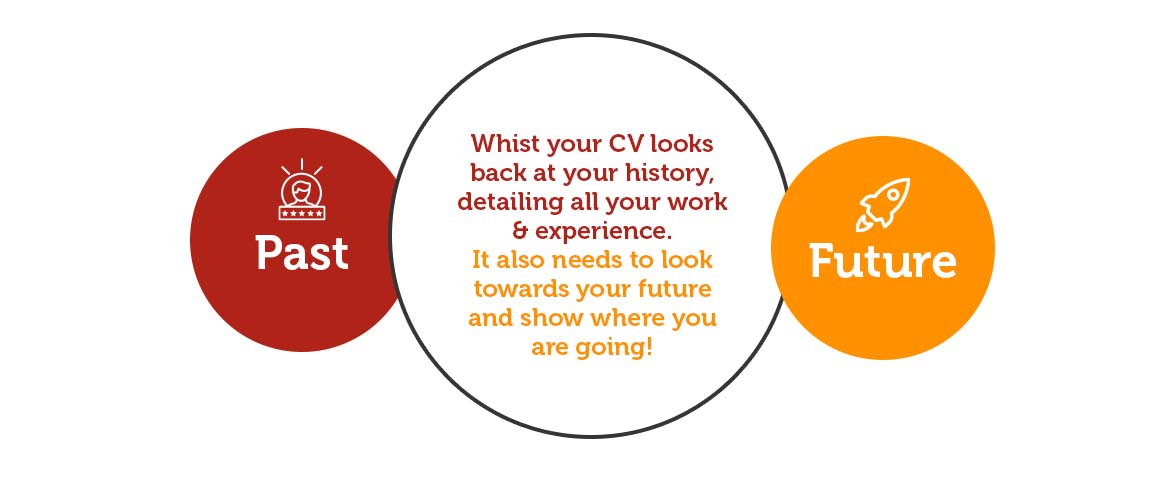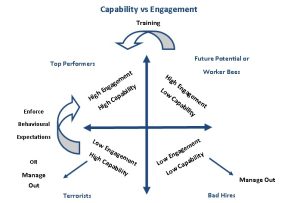In today’s fast-paced world, time management and productivity are crucial skills for professional success. However, many of us find ourselves caught in the grip of procrastination. We may delay tasks or miss deadlines – often beating ourselves up as a result and reinforcing negative self-talk …. which then just makes things worse!
Procrastination has long been attributed to laziness, poor self-discipline or inefficiency. Research suggests however that procrastination often stems from a more complex underlying issue: anxiety.
I originally trained in psychology and psychotherapy and have found over the years that many of those frustrating things that we consider negative traits in ourselves are housed more in anxiety than in thoughtlessness, inefficiency or laziness.
I thought it might be good to explore the connection between procrastination and anxiety, delve into the various forms and symptoms of anxiety, and offer some practical strategies to overcome performance-related anxiety. In the spirit that understanding something better helps us manage it – hopefully this might be useful in helping you combat procrastination.
The Anxiety-Procrastination Connection
Procrastination can be seen as a coping mechanism employed to manage anxiety and stress. When faced with a challenging task, anxiety can emerge, triggering a series of cognitive and emotional responses that hinder our ability to act. The fear of failure, perfectionism, overwhelming workload, or self-doubt can intensify these anxious feelings, creating a cycle of procrastination that further perpetuates anxiety.
Forms and Symptoms of Anxiety
Anxiety manifests in numerous forms, affecting all of us differently. Generalized Anxiety Disorder (GAD) involves excessive worry about everyday activities, whilst Social Anxiety Disorder (SAD) causes a fear of judgment or embarrassment around other people. Other anxiety disorders include Panic Disorder, Obsessive-Compulsive Disorder (OCD), and Post-Traumatic Stress Disorder (PTSD).
Anxiety can also manifest through a variety of physical symptoms such as restlessness, rapid heartbeat, fatigue, irritability, and difficulty concentrating. Recognising the way anxiety might manifest is an important pathway toward addressing the root causes of those negative behaviours you may beat yourself up about, such as procrastination.
Strategies to Reduce Performance-Related Anxiety and Combat Procrastination
- Break down large tasks into smaller, more manageable tasks. This will make the task seem less daunting and less anxiety-provoking.
- Set realistic deadlines for yourself. This will help you avoid feeling overwhelmed and stressed.
- Take breaks when you need them. Don’t try to power through a task if you’re feeling overwhelmed. Take a break, clear your head and come back to the task when you’re feeling refreshed.
- Reward yourself for your accomplishments. This will help you stay motivated and on track (although try not to reward yourself with wine – trust me on this one!).
- Identify and challenge negative thoughts: Procrastination often arises from irrational beliefs and negative self-talk. Challenge these thoughts by examining the evidence supporting them and replacing them with more rational and positive alternatives. Encourage yourself to develop a growth mindset that embraces mistakes as learning opportunities, rather than viewing them as personal failures.
- Talk to someone you trust about your anxiety. If your anxiety is more severe or debilitating or even just causing you to worry, don’t be afraid to seek support – it really is nothing to be ashamed of. Talking about your anxiety can help you to feel less alone and more supported.
Remember – procrastination is not necessarily a character flaw but often a symptom of anxiety. By understanding this link, we are more likely to be able to overcome the inertia of procrastination and unlock our true potential for enhanced productivity.
Let’s empower ourselves and others to break free from the clutches of procrastination, harness our strengths, and achieve our goals with confidence and purpose.
Go well.
Rob Bishop


